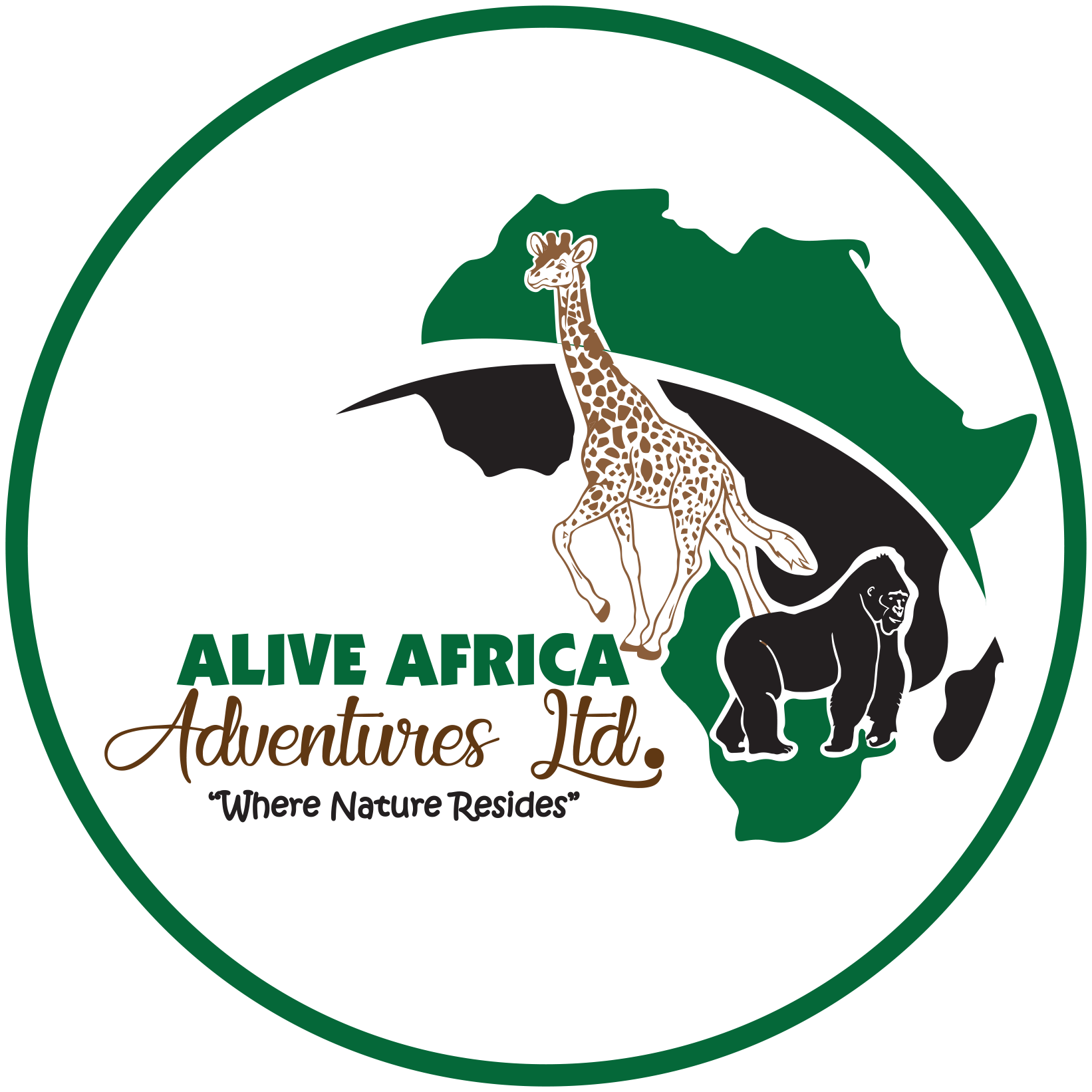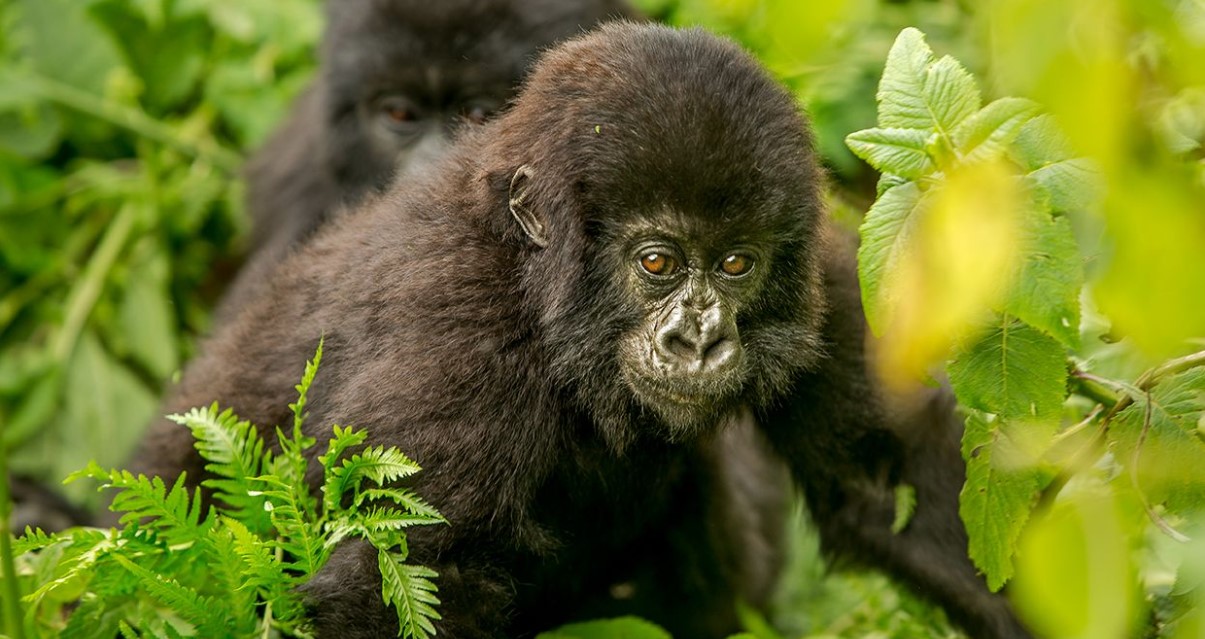The best time to habituate mountain gorillas in Bwindi: When is the best time to to go gorilla habituation in Bwindi Impenetrable Forest Park? One of the paramount tourist experiences in Uganda, is the gorilla habituation. This activity offers visitors an opportunity to get up in close proximity with mountain gorillas.
Trekkers get the chance to spend four hours with mountain gorillas through the gorilla habituation experience, which is exclusively available in the Bwindi gorilla park. Situated in the south west of the Capital Kampala, Bwindi Gorilla Park is home to approximately 21 mountain gorilla families, two of which are available for habituated training.
The Uganda Wildlife Authority started mountain gorilla habituation in Bwindi Gorilla Park to allow tourists to visit gorillas and observe how they can be trained to get used to human presence. Prior to the start of the habituation process in Rwanda by American primatologist Dian Fossey, mountain gorillas were thought to be deadly wild animals. A team of trekkers, scientists, and conservationists conducts habituation of mountain gorillas, gradually introducing them to human presence.
The best time to go Mountain gorilla habituation in Uganda
Bwindi Gorilla Park offers all year-round mountain gorilla habituation experience. There are two dry and two wet seasons in Uganda.
The two dry seasons, of June to September and December to February, is the best time for gorilla habituation safaris in Bwindi Gorilla Park. During this time, the park receives little to no rainfall during the two dry seasons, that makes the roads leading into the park accessible. During the dry season, the hiking trails are dry and less slippery meaning they don’t hinder the speed of trekkers. The vegetation is sparse allowing visitors to see the park’s animals clearly. Additionally, the pathways’ dry vegetation and reduced fog make it easier to take pictures of mountain gorillas.
The wet season: Bwindi gorilla park comprises of tropical rainforest which indicates any day can be a rainy day. There are two wet seasons in the park: March through May and October through November. Trekkers’ speed is reduced during the rainy season because of the abundance of rainfall that turns the trekking paths muddy and slippery. The dense forest makes it difficult to see the mountain gorillas, excessive fog makes photography difficult, and the park’s roads are in poor shape, making this the worst time of year to see gorillas.
Gorilla Habituation Uganda
Bwindi Gorilla Park is currently experiencing a phase of gorilla habituation for two mountain gorilla families to include the Bushaho and the Biking gorilla groups. Through a process called gorilla habituation, trekkers can spend four hours with mountain gorillas, in contrast to one hour of gorilla trekking. The activity limits the number of trekkers to four, who are accompanied by conservationists, researchers, and armed ranger guides.
In Bwindi national park, Mountain gorilla habituation begins early in the morning in the Rushaga and Nkuringo sectors. Before trekkers enter the jungle, park wardens brief them on the guidelines for the gorilla habituation activity. Only those who are older than fifteen (15 years old) are eligible to take part in the habituation experience in Uganda Bwindi national park
It may take 2-7 hours to find the semi-habituated family, but in the meantime, the trekkers get to see some of the park’s mammals, birds, and primates. The Uganda Wildlife Authority states that counting begins four hours after the mountain gorillas are observed.
The trekkers get to spend time with these apes, converse with them, help acclimate them to human presence, participate in naming the ones that need naming, see them going about their daily lives, discover their routines, and snap pictures. The gorilla habituation practice lasts for two to three hours, or until the mountain gorillas become accustomed to having people around.
Those with gorilla habituation permits from the Uganda Wildlife Authority are authorized to conduct gorilla habituation. Individuals who are over 15 years old can purchase gorilla habituation permits, which cost $1500 for non-resident foreigners, $1000 for foreign residents to East Africa, and UGX750,000 for citizens of East Africa. Passengers wishing to spend three to four months in advance booking their permits in order to visit Rushaga and Nkuringo sectors for gorilla habituation.
What should I pack for gorilla habituation in Bwindi national park?
For the ultimate Gorilla encounter, visitors planning to visit Bwindi for gorilla habituation must be well-prepared and equipped with a variety of equipment. carry along with waterproof hiking shoes, cotton stocks, gaiters, long sleeve shirts, long pants, scarf, rain jacket, light backpack, camera, binoculars, hat, sunglasses, energy-boosting snacks, drinking water bottle, facemask, sanitizer, and insect repellents, among other items, for an incredible gorilla habituation experience in Bwindi Gorilla Park.
Accessing Bwindi Gorilla Park for gorilla habituation
Travelers have multiple options for reaching Bwindi Gorilla Park.
Accessing Bwindi Gorilla Park by flights, visitors can reach the Bwindi Gorilla Park in 2 hours, or on road, in 9-10 hours. From Entebbe International Airport or Kajjansi Airstrip, luxury guests can take chartered aircraft to Kisoro Airstrip, where they will connect to the park via ground transportation.
Accessing Bwindi Gorilla Park by road: If they don’t mind going far, travelers can employ road transportation from Kampala or Kigali to Bwindi national park for gorilla habituation. Masaka – Mbarara – Kabale – Kisoro is a route that travelers from Kampala can use. One can go to the Rushaga and Nkuringo sectors from Kisoro. Travelers from Kigali can use the Cyanika border in Kisoro or the Katuna border in Kabale to access Bwindi national park for the finest gorilla experience.
Accommodation on gorilla habituation safari to Bwindi national park
Only the Nkuringo and Rushaga portions of the Bwindi Gorilla Park undergo gorilla habituation, and these areas offer plenty of lodging options for visitors. These industries provide a variety of lodging options, ranging from low-cost to high-end, with varying costs and amenities offered.
The following lodging options are available in the Rushaga sector: Wagtail Eco Safari Lodge, Bwindi Jungle Lodge, Gorilla Valley Lodge, Lake Mulehe Gorilla Lodge, Nsongi Camp, Rushaga Gorilla Haven Lodge, Four Gorillas Lodge, Rushaga Gorilla Camp, and Rushaga Gorilla Camp.
The following lodging options are available in the Nkuringo sector: Nshongi Camp, Crested Crane Bwindi Hotel, Lake Mulehe Gorilla Lodge, Virunga Campsite, Mutanda Eco Community Center, Gorilla Heights Lodge, Clouds Mountain Gorilla Lodge, Bwindi Backpackers Lodge

